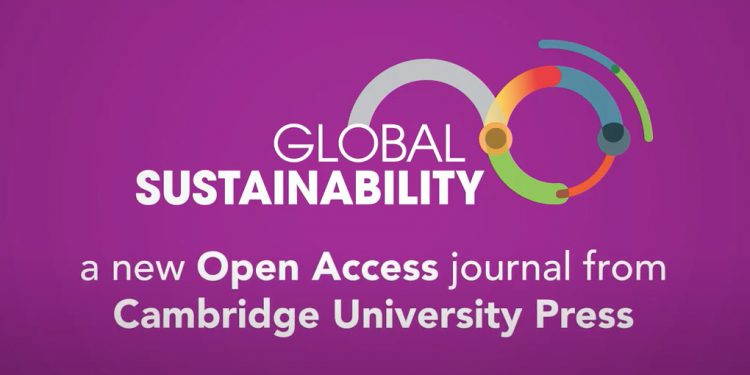A new study says the increase in social groups from 0.5 million to 8.5 million over two decades has restructured rural social capital. This has transformed capacity and personal benefit as well as improved environmental outcomes for agricultural landscapes.
Published by Cambridge University Press, the Assessment of the growth in social groups for sustainable agriculture and land management comes out of the School of Life Sciences, University of Essex, UK.
It says 8.5 million social groups across 55 countries comprise 3% of the world’s population. It could offer an opportunity to consider greater challenges, such as advances towards meeting the Sustainable Development Goals and addressing climate change.
Until 50 year ago, all agriculture and land management was framed by local institutions strong in social capital. But newer forms of development undermined those structures, reducing sustainability and equity. The past 20 years, though, have seen the deliberate establishment of more than eight million new social groups across the world. This restructuring has led to particular benefits for those previously excluded. Further growth would occur with more national and regional policy support.
This social infrastructure has already changed worldviews
These groups deliver individual and public benefits, improve well-being and natural capital and provide platforms for wider progress towards sustainability. They provide the basis for further progressive change towards sustainable policies and behaviours, with opportunities to help mitigate the advance of some global environmental challenges. This social infrastructure has already changed worldviews and capacities to move towards sustainability and the increased net productivity of agricultural and land systems.
Attention will need to be paid to ensuring that access to groups is equitable and that there is further research on the causative links between all forms of social capital and the emergence of more sustainable practices.
The redesign of all agricultural and land management remains a critical global challenge, and though the growth in the number of groups has been substantial, in many cases supported by novel policies and regulations within countries, more support is needed to ensure best practice is spread to aid the transitions towards more sustainable and equitable forms of farmed and managed landscapes worldwide.























